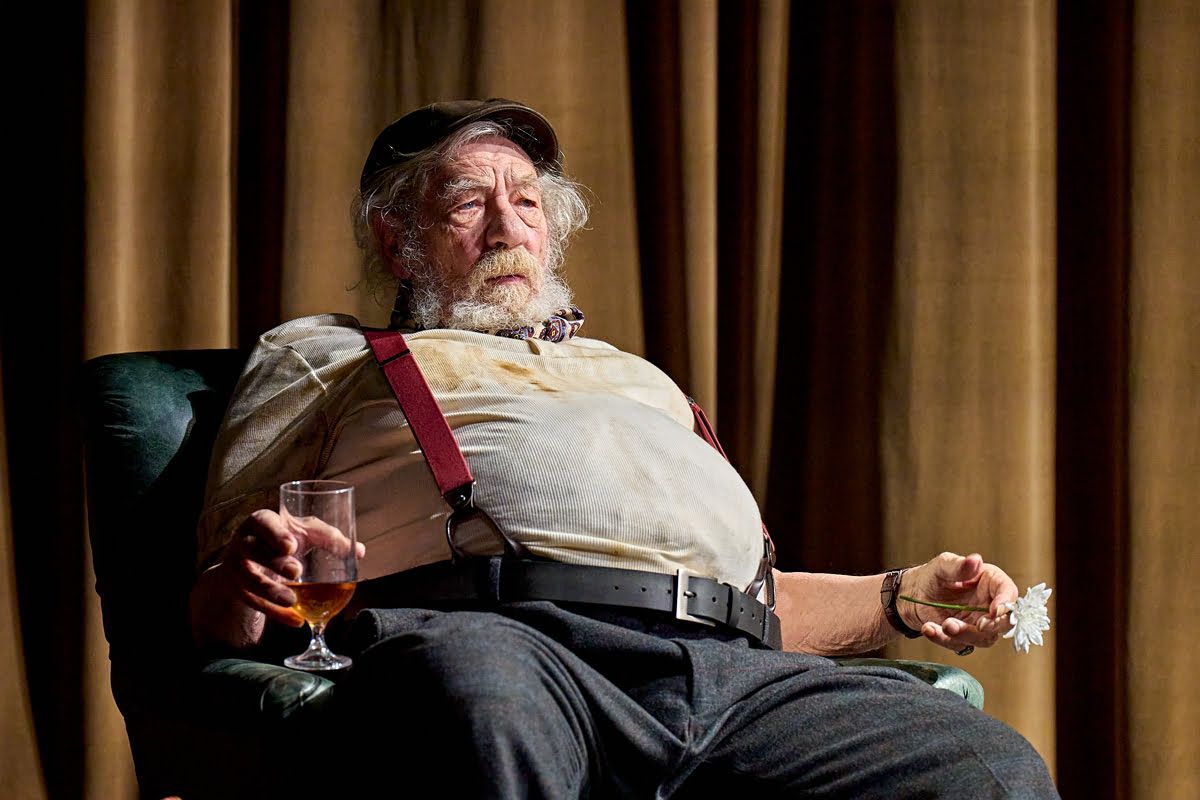How your art projects could benefit from proper planning
Art projects are an essential part of many artists’ lives. Whether you’re an experienced artist or just starting, art projects are a fantastic way to express your creativity and showcase your talent. However, while the process of creating art can be immensely rewarding, it can also be incredibly challenging. Proper planning is critical to ensuring that your art projects are successful and that you achieve your desired outcomes.
Without proper planning, art projects can become chaotic and disorganized, leading to wasted time, resources, and frustration. By taking the time to plan your projects carefully, you can increase creativity and innovation, optimize your use of time and resources, and produce high-quality work that meets your artistic goals.
In this outline, we will explore the benefits of proper planning for art projects in greater detail, covering how it can lead to increased creativity and innovation, more efficient use of time and resources, better quality of work, and improved communication and collaboration. With a little bit of planning and preparation, you can transform your art projects into successful, enjoyable experiences that leave you feeling satisfied and proud of your accomplishments.
Increased creativity and innovation
Creativity is a crucial aspect of art projects, and it can sometimes be challenging to come up with new and innovative ideas. However, contrary to popular belief, planning and creativity are not mutually exclusive. In fact, planning can be a powerful tool to boost creativity by providing structure and direction for your ideas.
Planning involves setting specific goals, defining parameters, and outlining steps to achieve those goals. When you take the time to plan your art project, you create a roadmap for your creative process. This roadmap can help you identify potential obstacles and find ways to overcome them, leading to more creative solutions.
For example, if you’re working on a painting, planning could involve researching different painting techniques or color schemes, experimenting with new materials, and exploring different subject matters. By exploring these different possibilities, you can expand your creative horizons and discover new ideas that you might not have considered otherwise.
There are many ways that planning can help spur creativity in art projects. For instance, setting a clear goal can help you focus your creative energy and find innovative ways to achieve that goal. Breaking down your project into smaller tasks can also help you stay organized and make progress in a more structured manner, giving you the freedom to explore new ideas without feeling overwhelmed.
Another example is creating a mind map or brainstorming session as part of the planning process. This can help you generate a wide range of ideas and explore different avenues for your project. You can also try using mood boards or visual references to help you establish the tone, mood, and style of your project before you start creating. This can help you identify what works and what doesn’t, allowing you to adjust your plans accordingly and find new ways to push your creative boundaries.
Overall, planning can be a powerful tool to boost creativity and innovation in art projects. By setting clear goals, breaking down your project into manageable tasks, and exploring different possibilities, you can expand your creative horizons and discover new and exciting ways to express yourself through your art.
More Efficient Use of Time and Resources
Effective time management is crucial in art projects, as it can help ensure that you complete your work on time and avoid last-minute rushes. It also helps you stay focused and organized, making it easier to work on your project in a structured manner.
Planning is essential for optimizing your use of time and resources in art projects. By setting clear timelines and prioritizing tasks, you can ensure that you make the most of your available time and resources. This can help you avoid wasting time on tasks that aren’t critical to the success of your project, allowing you to focus your efforts where they matter most.
It’s not news that architects use this software to help them plan and manage their projects effectively. This software allows them to create detailed schedules, assign tasks to team members, and track progress in real-time. By using project management software, architects can optimize their use of time and resources, leading to more efficient and successful projects. Proper planning can save time and resources in many ways. For example, if you’re working on a sculpture, planning might involve creating a detailed blueprint of your design before you start working. This can help you identify potential issues and find ways to address them before you begin, saving time and materials in the process.
Another example is when you’re working on a mixed media project that involves different materials. By planning out your materials and tools ahead of time, you can avoid last-minute trips to the store or running out of essential materials mid-project. This can save you time, money, and frustration, allowing you to focus on creating your best work.
Overall, planning is essential for optimizing your use of time and resources in art projects. By using project management software or simply creating a detailed plan, you can ensure that you make the most of your available time and resources and create successful art projects that meet your goals.
Better Quality of Work
Planning is crucial for ensuring that your art project meets your standards for quality. By taking the time to plan out your project, you can identify potential issues and find ways to address them before they impact the final product. This can help you create work that meets your artistic vision and resonates with your intended audience.
Planning is also essential for ensuring that all necessary steps are taken in your art project. From researching different techniques to sketching out initial designs to making revisions, each step of the creative process is critical for producing high-quality work. By planning out these steps ahead of time, you can ensure that you don’t miss any critical steps and that you have the time and resources you need to complete each step to the best of your ability.
Proper planning can lead to better quality work in many ways. For example, if you’re creating a series of paintings, planning might involve sketching out initial designs for each piece before you begin painting. This can help you refine your ideas and identify potential issues before you commit to a final product, ensuring that each painting meets your standards for quality.
Another example is when you’re creating a sculpture. By creating a detailed blueprint of your design and planning out the necessary steps to bring it to life, you can ensure that you don’t overlook any critical details and that you have the time and resources you need to complete the project to the best of your ability. This can help you create a finished product that meets your artistic vision and stands out for its quality.
Overall, proper planning is essential for ensuring that your art project meets your standards for quality. By identifying potential issues, ensuring that all necessary steps are taken, and taking the time and resources you need to complete each step to the best of your ability, you can create art that resonates with your audience and stands out for its excellence.
Conclusion
In conclusion, proper planning is essential for the success of any art project. It can increase creativity and innovation, optimize the use of time and resources, and lead to better quality work. By taking the time to plan out your project, you can ensure that you stay organized, avoid last-minute rushes, and create a finished product that meets your artistic vision.
Effective planning can involve creating detailed timelines, prioritizing tasks, and identifying potential issues before they impact the final product. Project management software, such as the one architects use, can help you streamline the planning process, assign tasks to team members, and track progress in real-time.
No matter what kind of art project you’re working on, taking the time to plan it out can help you achieve your artistic goals and create work that resonates with your intended audience. So, whether you’re working on a sculpture, painting, or mixed media project, be sure to prioritize planning as an essential part of your creative process.




